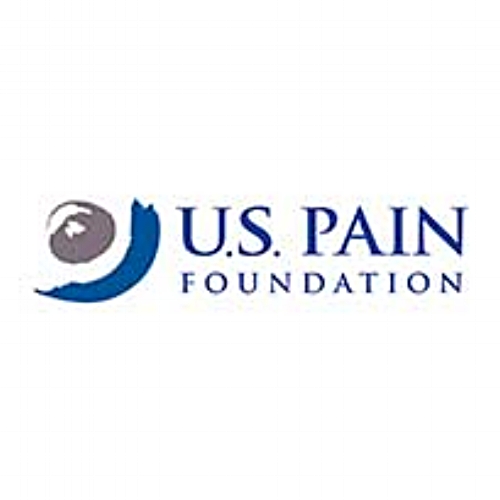Can Gabapentin Improve Your Sex Life?
/By Pat Anson, PNN Editor
Over the years the nerve drug gabapentin (Neurontin) has been used to treat a cornucopia of chronic pain conditions, from fibromyalgia and diabetic neuropathy to hot flashes and shingles.
Gabapentin is so widely prescribed that a Pfizer executive once called the drug “the snake oil of the twentieth century” because researchers found it successful in treating just about everything they studied.
Add sexual function to the list.
In a small study, researchers at Rutgers University found that gabapentin improved sexual desire, arousal and satisfaction in 89 women with provoked vulvodynia, a chronic condition characterized by stinging, burning and itching at the entry to the vagina. Vulvar pain often occurs during intercourse, which leads to loss of interest in sex.
The improvements in desire, arousal and sexual satisfaction were small, but considered “statistically significant” in research parlance. Gabapentin did not improve lubrication or orgasm.
"Our theory was that reducing pelvic floor muscle pain might reduce vulvodynia pain overall and thus improve sexual function," said Gloria Bachmann, MD, director of the Women's Health Institute at Rutgers and lead author of the study published in the Journal of Obstetrics and Gynecology.
"We found that women with greater muscle pain responded better in terms of pain and improved arousal than those with less pain, which suggests that Gabapentin be considered for treatment in women who have significant muscle tightness and spasm in the pelvic region.”
Does this mean gabapentin is a female version of Viagra? Not necessarily, says Bachmann, who stressed that the study only focused on women with vulvodynia.
“We didn't research the question of gabapentin enhancing sexual function in all women,” Bachmann wrote in an email to PNN. “The decision to give gabapentin to a woman who reports chronic vulvar pain and sexual dysfunction would have to be made on an individual basis, depending on her medical history and the results of her physical and pelvic examination.
“From the data, it appears that women with increased muscle tenderness of the pelvic floor may be the group who benefit most from gabapentin.”
Sales of gabapentin have soared in recent years — not because it improves sexual satisfaction — but because it is seen as a safer pain reliever than opioid medication.
Patients prescribed gabapentin often complain of side effects such as mood swings, depression, dizziness, fatigue and drowsiness. Drug abusers have also discovered that gabapentin can heighten the effects of heroin, cocaine and other illicit substances, and it is increasingly being abused.

























